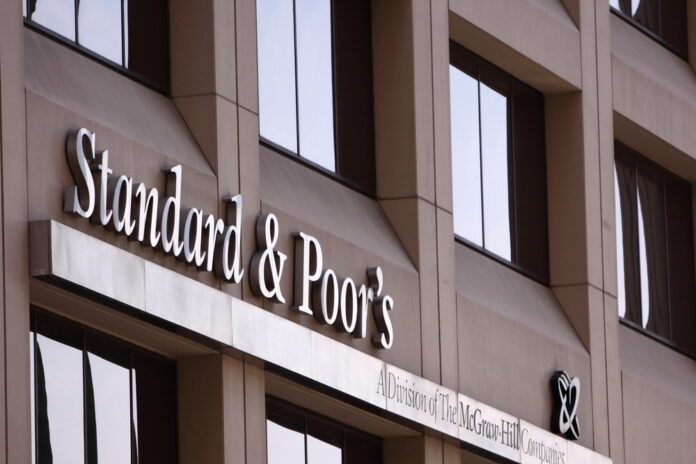S&P Global Ratings has raised the country’s credit rating outlook to “positive,” signaling a potential upgrade to an “A-” rating within the next 24 months. The decision, which maintains the sovereign credit ratings at “BBB+” for long-term and “A-2” for short-term, is expected to lower borrowing costs and make the country more attractive to investors.
The credit agency cited the country’s strong economic fundamentals, including effective policymaking, fiscal reforms, and improvements in infrastructure, as key factors behind the outlook revision. In particular, S&P highlighted the passage of two landmark laws—the Corporate Recovery and Tax Incentives for Enterprises (CREATE) Act, and the Public-Private Partnership (PPP) Act—both of which have strengthened the country’s policy environment.
A more favorable credit outlook helps the government borrow at lower interest rates, improving its ability to finance essential public services and infrastructure projects. It also lowers borrowing costs for businesses, enabling them to expand operations and create jobs.
In a statement, Bangko Sentral ng Pilipinas (BSP) Governor Eli M. Remolona, Jr. welcomed the decision, noting that it reflects the government’s efforts to improve the overall economic, fiscal, and monetary environment. “This reflects the work the government has done to improve the economic, fiscal, and monetary environment, enabling strong growth to continue,” he said.
S&P also raised its 2024 growth forecast for the Philippine economy to 5.5 percent. According to the Philippine Statistics Authority, the country posted a solid 5.2 percent year-on-year GDP growth in Q3 2024, bringing the average growth rate for the first three quarters to 5.8 percent. The Philippines continues to be one of the fastest-growing economies in Asia, trailing only Vietnam, which is expected to grow by 7.4 percent this year.
Inflation has also eased in recent months. As of September 2024, the annual inflation rate stood at 3.4 percent, down from 6 percent in the same period last year, providing further support to the country’s economic stability.
Governor Remolona noted that the Philippines’ foreign exchange reserves remain robust, providing a cushion against global economic shocks. As of end-October 2024, the country’s gross international reserves had increased to USD111.1 billion, enough to cover eight months of imports, far exceeding the International Monetary Fund’s recommended three-month reserve benchmark.
S&P also commended the BSP for its strengthened oversight of the financial sector, which has contributed to enhanced financial stability. Philippine banks remain well-capitalized, with capital adequacy and liquidity ratios that surpass both BSP regulatory requirements and international standards.
The Philippines has been steadily climbing the credit rating ladder over the past decade, with S&P upgrading its rating from BBB- in 2013 to the current BBB+ in 2019. The next level, “A-,” marks the entry into the A-rated category. The Philippines’ credit rating is currently one notch above Moody’s Baa2 and Fitch’s BBB ratings.
As the country continues to build on its strong economic performance, an upgrade to “A-” would further strengthen its position in global financial markets and attract more foreign investment in the years ahead.







